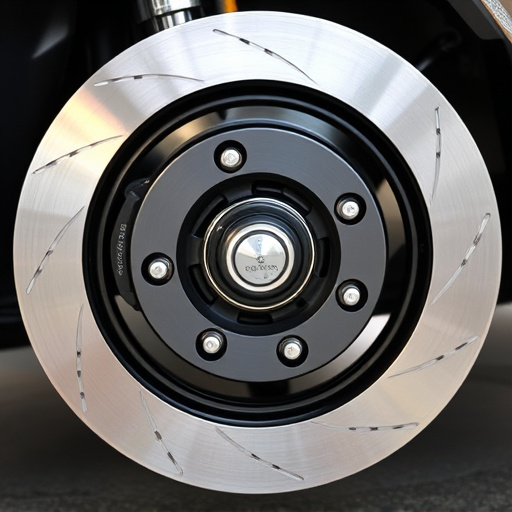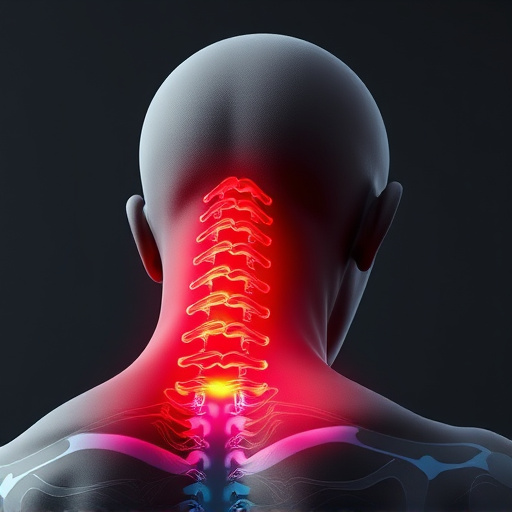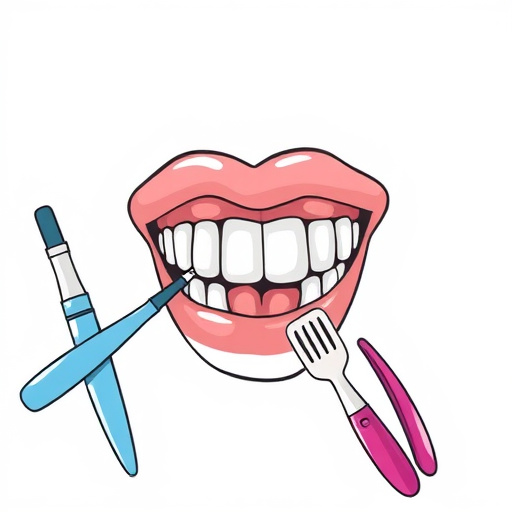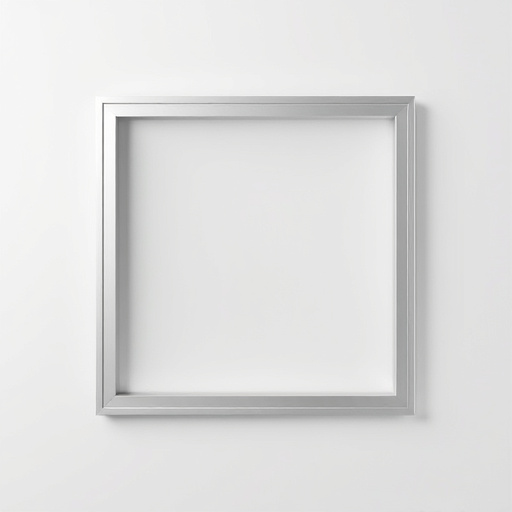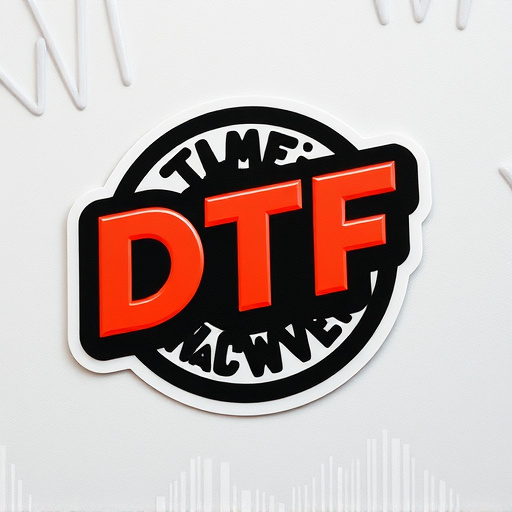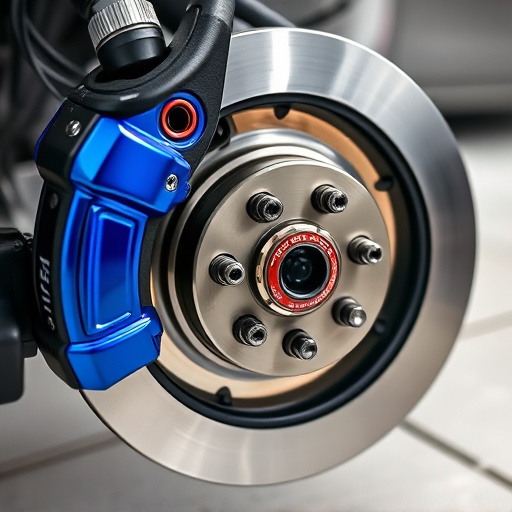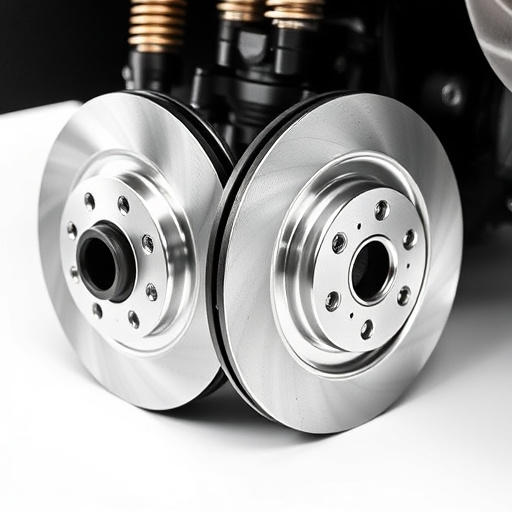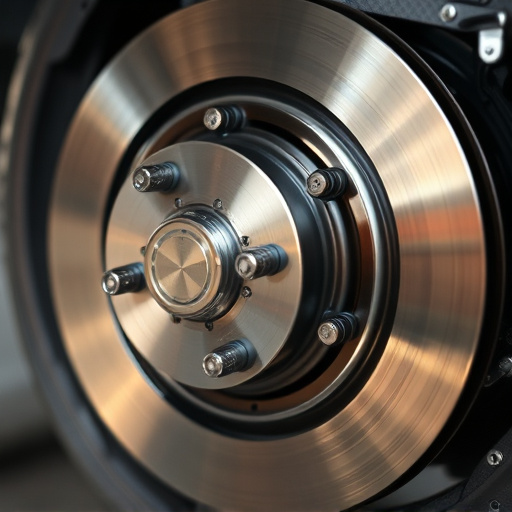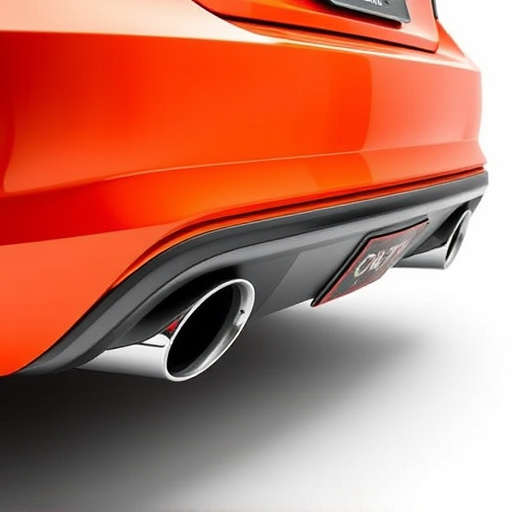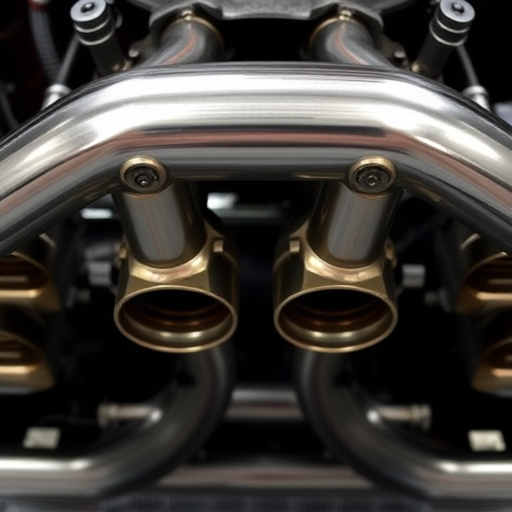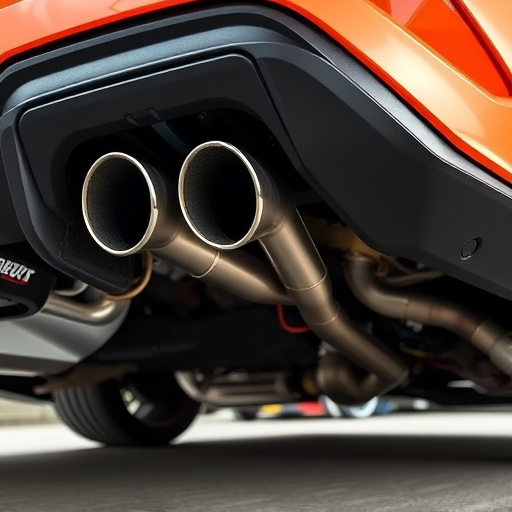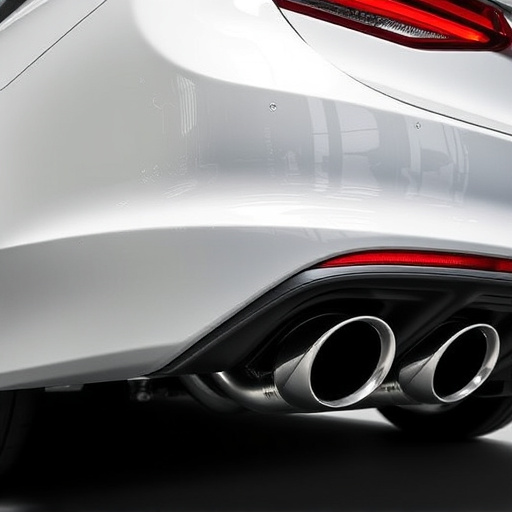A catalytic converter is a vital exhaust component, reducing harmful pollutants. With two types, mainly three-way converters, routine maintenance is key. Replacing parts involves choosing between aftermarket (cost-effective but variable quality) or OEM (precise fit, superior longevity). Correct compatibility ensures installation success and vehicle system integrity. Quality from reputable brands is crucial for reliable performance and preventing costly repairs.
“Thinking of replacing your vehicle’s catalytic converter? Navigating the aftermarket versus OEM (Original Equipment Manufacturer) parts can be a daunting task. This comprehensive guide breaks down everything you need to know about catalytic converter replacements. From understanding the crucial role of these components in your car’s exhaust system, to demystifying the key differences between aftermarket and OEM parts, we explore factors like quality, cost, warranty, and environmental impact. By the end, you’ll be equipped to make an informed decision for a seamless catalytic converter replacement.”
- Understanding Catalytic Converters: Function and Types
- Aftermarket vs OEM Parts: Key Differences
- Factors to Consider When Choosing Replacement Parts
Understanding Catalytic Converters: Function and Types
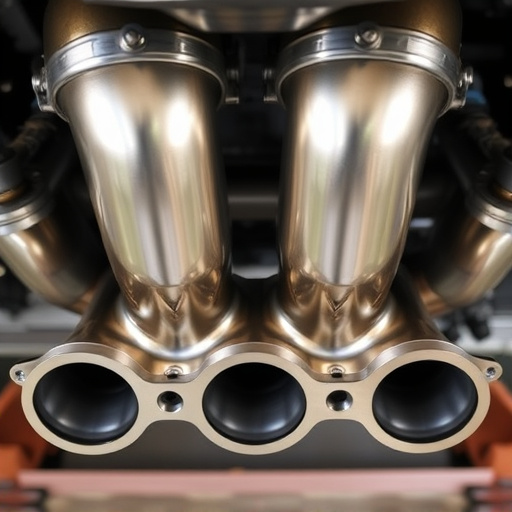
A catalytic converter is a vital component in most modern vehicles’ exhaust systems. Its primary function is to reduce harmful pollutants and gases emitted by the engine, converting them into less toxic substances. This process is achieved through a series of chemical reactions facilitated by precious metals like platinum, palladium, and rhodium, which are coated on the inside of the converter.
There are two main types of catalytic converters: two-way and three-way. Two-way converters primarily reduce carbon monoxide (CO) and nitrogen oxides (NOx), while three-way converters, more common in modern cars, also tackle hydrocarbon (HC) emissions. In vehicles equipped with high-performance modifications, such as cold air intakes or muffler tips, replacing the catalytic converter is often necessary during routine maintenance to ensure optimal performance and compliance with emission standards. When considering replacement parts for a catalytic converter, choosing between aftermarket and OEM (Original Equipment Manufacturer) options is crucial. Aftermarket parts can offer advantages like better pricing and compatibility with modified intake components, while OEM parts guarantee precise fitment and superior durability.
Aftermarket vs OEM Parts: Key Differences
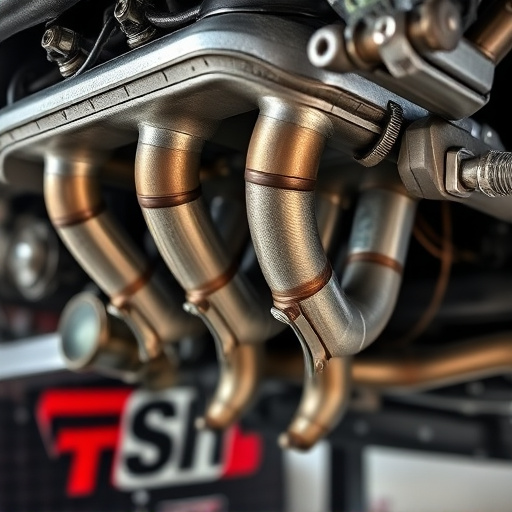
When it comes to catalytic converter replacement, choosing between aftermarket and OEM (Original Equipment Manufacturer) parts offers distinct advantages and considerations. Aftermarket parts, often marketed as universal or performance-enhanced options, are designed to fit a wide range of vehicle makes and models. They typically offer more flexibility in terms of customization, especially for those looking to enhance their car’s performance with modifications like cold air intakes or intake components. These parts can be more affordable than OEM alternatives and are usually easily accessible, making them popular among enthusiasts who enjoy tailoring their vehicles’ capabilities.
On the other hand, OEM catalytic converters are manufactured by the same companies that produce your vehicle’s original parts. They are designed specifically for your make and model, ensuring a precise fit and often including advanced features tailored to your car’s engine specifications. While they might not offer the same level of customization as aftermarket parts, OEM converters provide peace of mind, knowing that they have undergone rigorous testing and are guaranteed to meet or exceed the manufacturer’s performance standards. Moreover, integrating OEM parts can be easier for maintenance professionals due to their precise design, which aligns perfectly with your vehicle’s existing systems, including coilover kits if your car is set up for such upgrades.
Factors to Consider When Choosing Replacement Parts
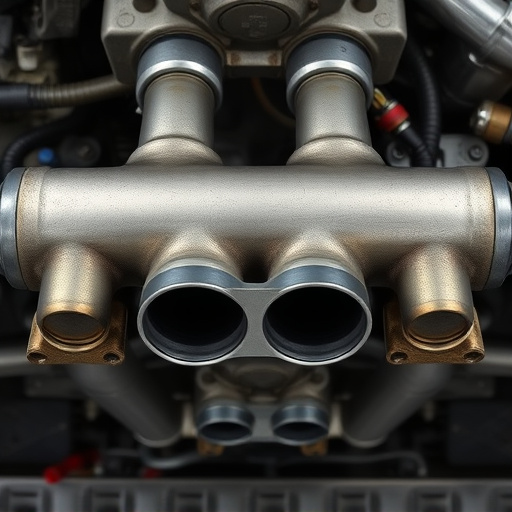
When considering a catalytic converter replacement, whether aftermarket or OEM (Original Equipment Manufacturer), several factors come into play. One key consideration is compatibility; ensuring the new part fits your vehicle perfectly to avoid any issues with installation and potential damage to other components like exhaust systems or suspension parts.
Additionally, quality should be top of mind. Aftermarket parts can vary widely in terms of craftsmanship and materials used. Opting for a reputable brand known for its reliable products ensures performance comparable to OEM parts. Remember, a poorly made catalytic converter might not only fail prematurely but could also lead to costly repairs related to other vehicle systems, such as brake pads or exhaust components.
When it comes to replacing your catalytic converter, whether you opt for aftermarket or OEM parts depends on your budget and specific needs. Aftermarket converters offer a cost-effective solution with various options available, while OEM parts provide peace of mind with their precise fit and proven performance. By considering factors like quality, warranty, and compatibility, you can make an informed decision to ensure a successful catalytic converter replacement for optimal vehicle performance and emissions control.
